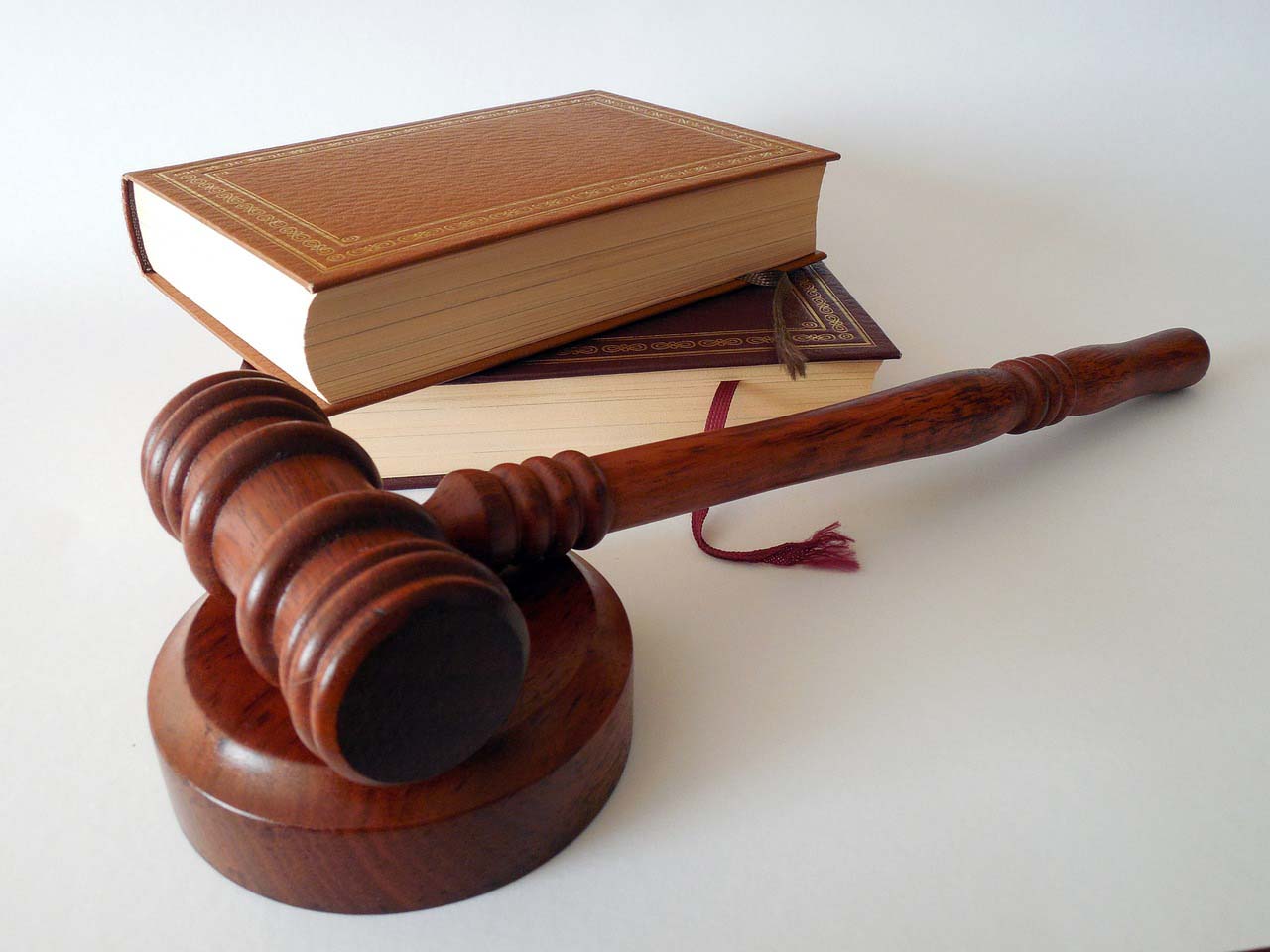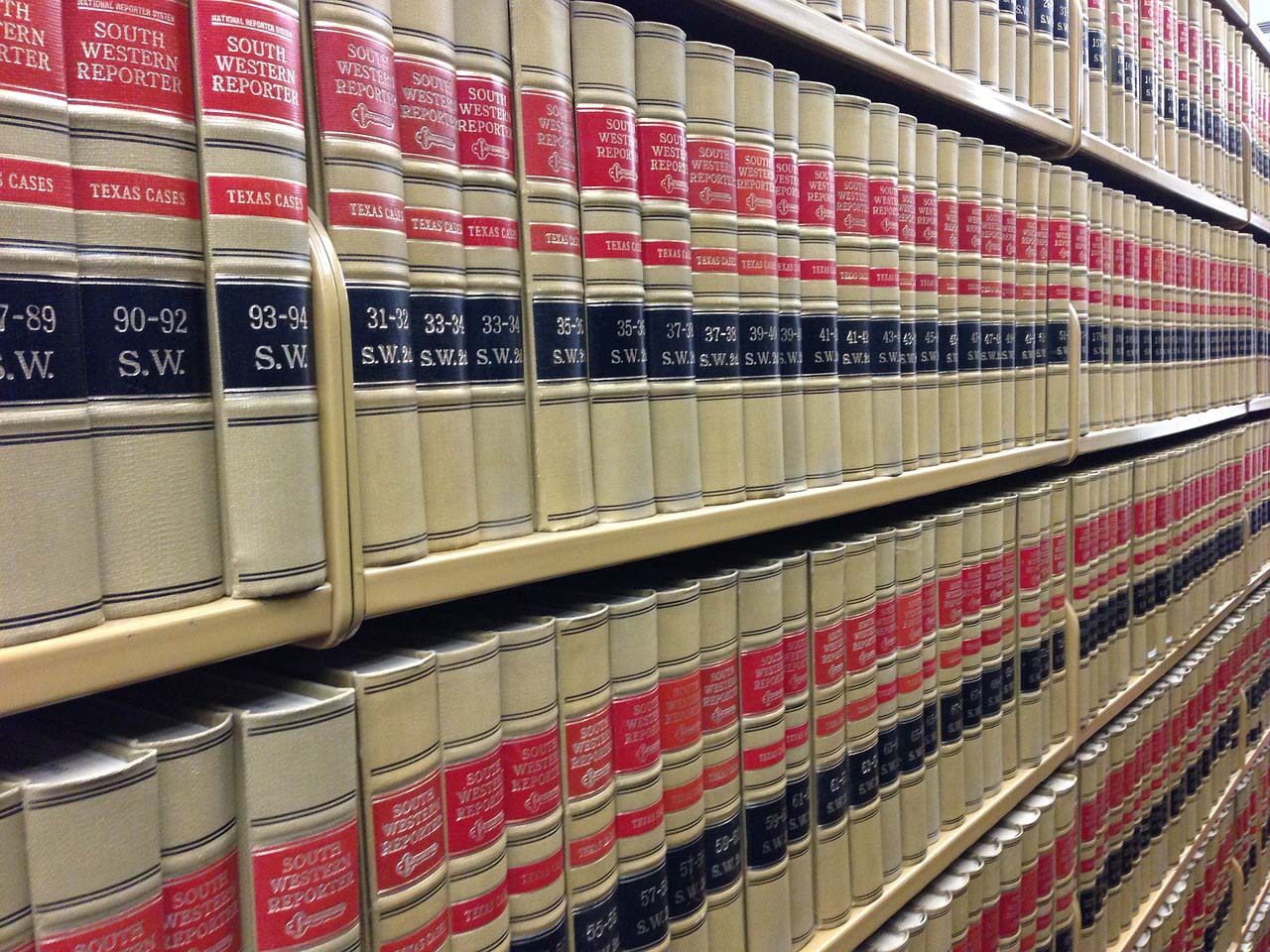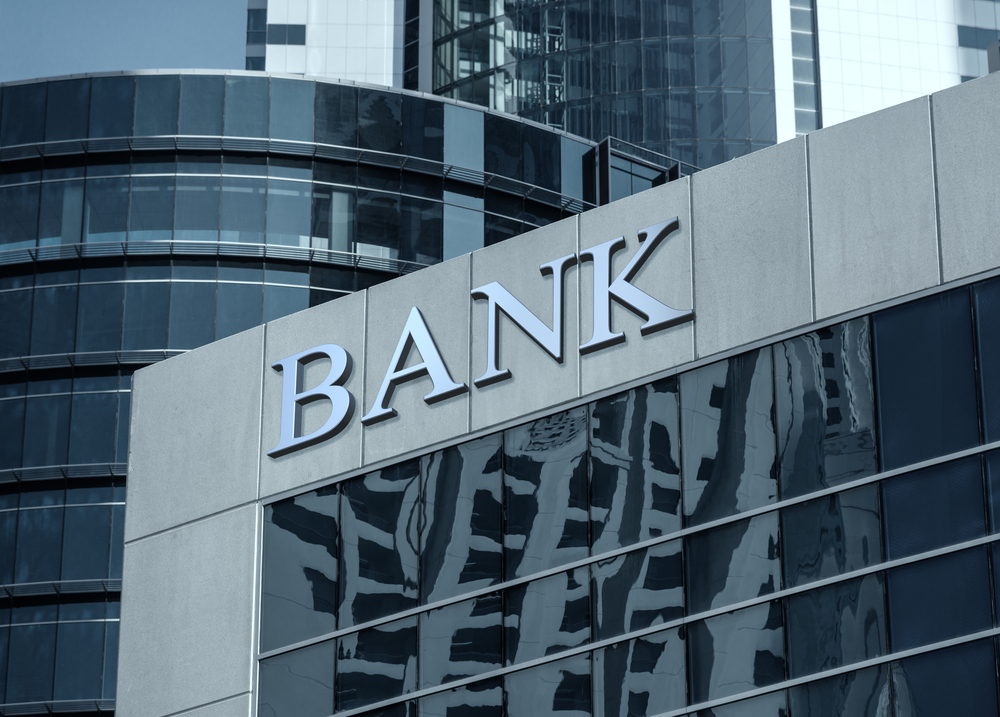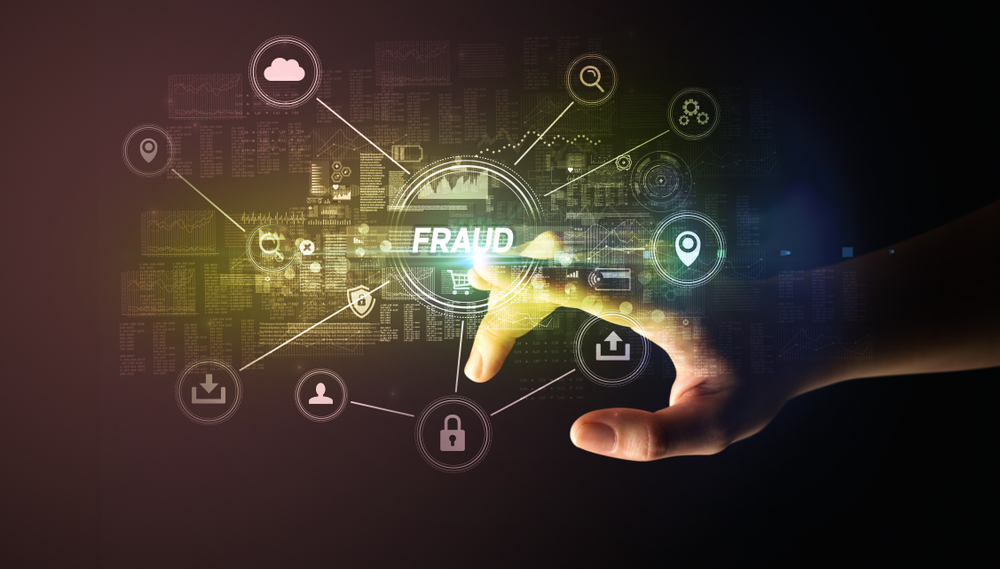National Law Review: Regs and Policies for Check Fraud
The National Law Review notes that, even in the face of so many fast and easy ways to accomplish lightning-quick bank functions -- complete with nearly instantaneous reporting of transactions -- through online and mobile banking, one of the more common account frauds today is "good old-fashioned check fraud." They note as well the use of the US mail as a means of committing such check fraud, the subject of a recent Financial Crimes Enforcement Network alert.
As check fraud has proliferated, it is evitable that banks are reaching out to seek legal advice from its counsel -- particularly when it comes to the rules and regulations.
Clients are calling almost every week with questions about how to address a customer who has reported one or more fraudulent checks being paid from their accounts. These customers, who have often enjoyed long-standing relationships with the bank, may or may not be liable for the checks, depending on the law applied, but the bank probably wants to keep them happy regardless of their legal liability.

Applying the Rules & Regulations to Check Fraud
Late in 2022, American Banker published an article entitled Rampant check fraud pits banks against other banks which highlighted the struggles that banks encounter when disagreements occur regarding which bank is responsible for losses and how difficult it can be to get their return of funds lost.
Rules & Regulations
The National Law Review article applies article 3 & 4 from the Uniform Commercial Code (UCC) and reminds us that, under Article 4, the depositary bank of a fraudulent check is responsible for making sure that the check is properly endorsed and no alterations were made to the check after it was first written, and the payor bank is responsible for making sure that the check was actually authorized by the payor bank’s customer (i.e., the check itself as well as the signature on the front of the check are authentic).

The policy behind this different treatment has historically been that the depositary bank that accepts the item for deposit is in the best position to inspect it in order to determine whether it has been “altered” and that the endorsement is proper, whereas the payor bank on which the check was drawn and that has the customer’s signature card on file is in the best position to timely identify a counterfeit check or one that has a forged customer signature. In today’s banking environment, where many checks are negotiated and even deposited in imaged form and volume is too great to check every signature, that policy distinction is becoming even more blurred.
Additionally, in 2019 The Federal Reserve Board reviewed Reg CC and made amendments to reflect changes in technology where checks have moved towards digital images exchanged between banks. With these changes, the "legal burden now largely lies with the depositary bank to prove that a check negotiated through image was an alteration instead of a forgery or is counterfeit."
Lastly, many banks utilized Rule 9 of the Electronic Check Clearing House Association (ECCHO):
Rule 9 is an ECCHO warranty in which a depositary bank warrants to the payor bank that (i) the signature of the purported drawer is not forged or otherwise unauthorized, and/or (ii) the related physical check is not counterfeit. It is only available for electronic checks exchanged under ECCHO rules by ECCHO members who have agreed to use the rules and not opted out of Rule 9.
This rule shifts the responsibility from the payor bank to the depository bank in some cases when there are "sufficient funds in the depositor’s account, but the loss remains with the payor bank if there are insufficient funds in the depositor’s account to cover the fraudulent item once the claim is received by the depositary bank."
Recourse Between Banks
As noted from the American Banker article, while there are different rules and regulations in place that assign responsibility, it's more difficult in practice -- pitting many banks against each other, and in particular when it comes to smaller community banks vs. larger financial institutions.
The National Law Review explains:

Many community banks that try to use the Reg CC presumption or Rule 9 in order to return an item to a larger “money center” bank that accepted it for deposit are instead finding that these returns are either being ignored or the depositary bank claims the check was not properly returned and attempts to again present the same image for payment without supplying the original for inspection. In many cases, the checks are small enough that banks are choosing to accept the loss instead of spending time and money to press the issue. However, in cases where the amount of the check is significant, litigation may be the only possible redress for payor banks. And in circumstances where the fraudster has already absconded with the funds and it is difficult to determine whether the check was actually a counterfeit or an alteration, the costs associated with pursuing that litigation can be a pretty significant deterrent to seeking protection under the rules.
This also does not include fraudulent checks that have gone unnoticed by the account holder -- outside the timeframe established by the bank.
Recommendations from The National Law Review
The authors of the article offer advice on utilizing a positive pay system as an added layer of security for check fraud. As we've previously noted, positive pay systems have advanced dramatically over the past few years; new AI-powered Positive Pay systems can accurately read and extract payee names and match to a payee issue file source, building a strong deterrent to payee alterations.
However, this is only applicable to business accounts that can generate an "issue file" that details the checks written from an account to payees.
Banks need to take a complementary approach, combining technologies that work harmoniously together to create a strong check fraud detection process. Many banks are deploying new AI-power behavioral analysis system to analyze the transactions, along with image forensic AI to interrogate the check images for counterfeits, forgeries, and alterations. These two technologies, teamed with a positive pay system, enable banks to detect fraudulent checks before customer funds are lost.
